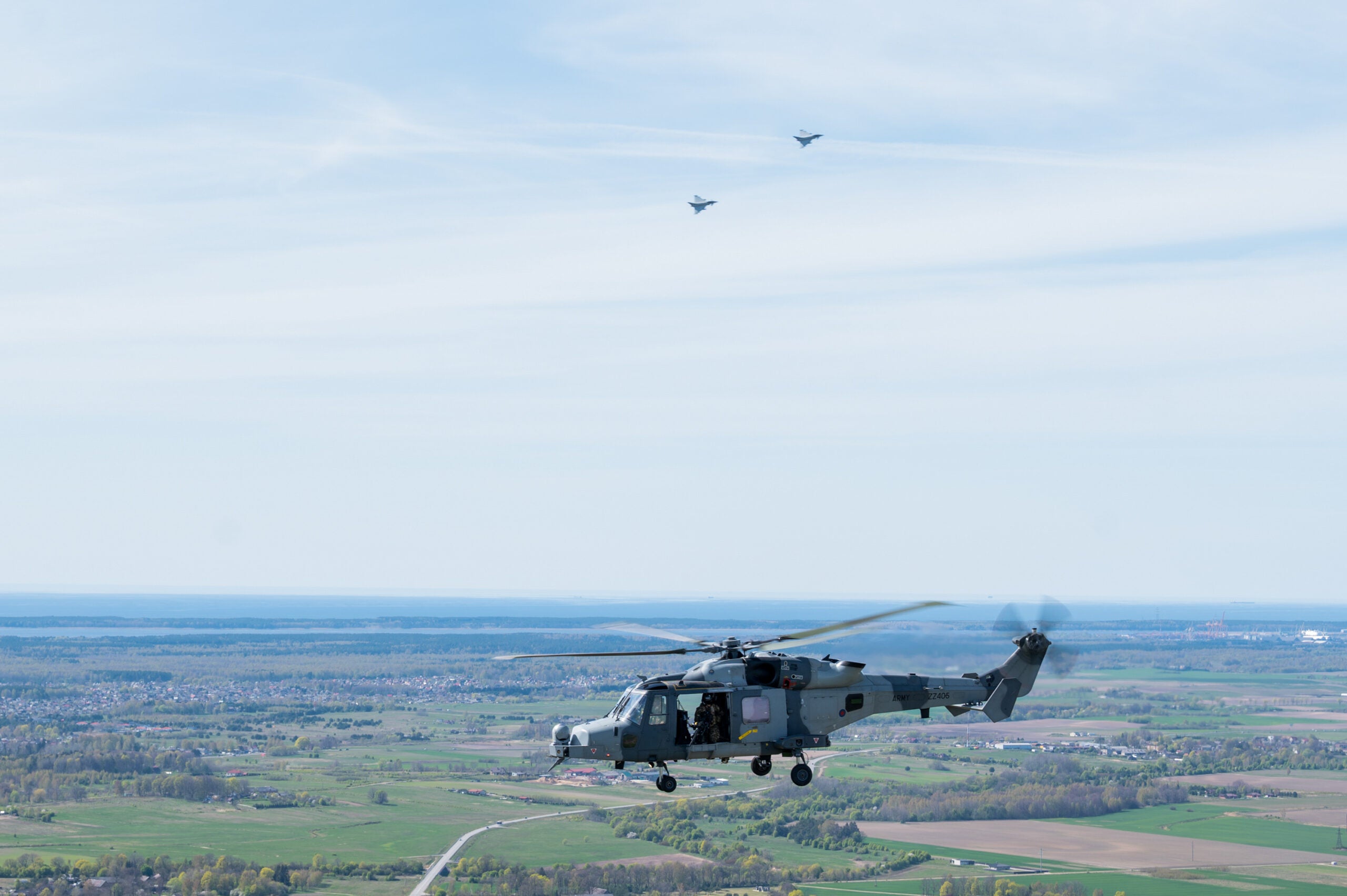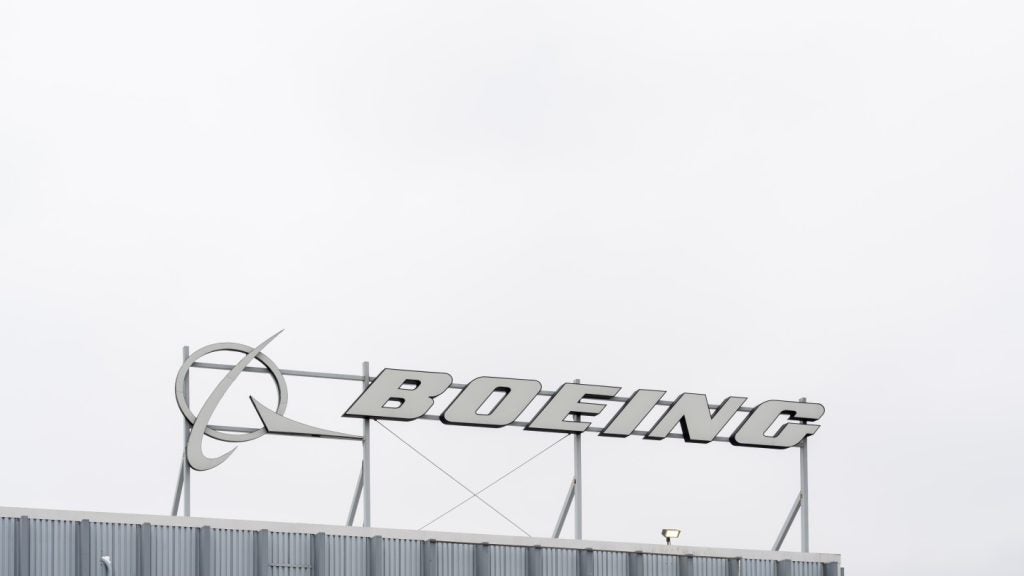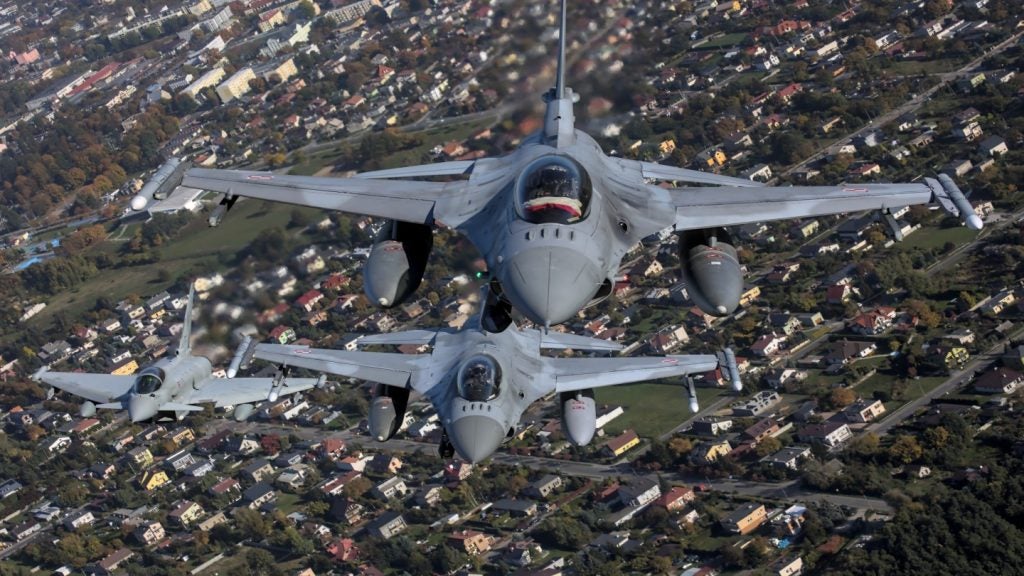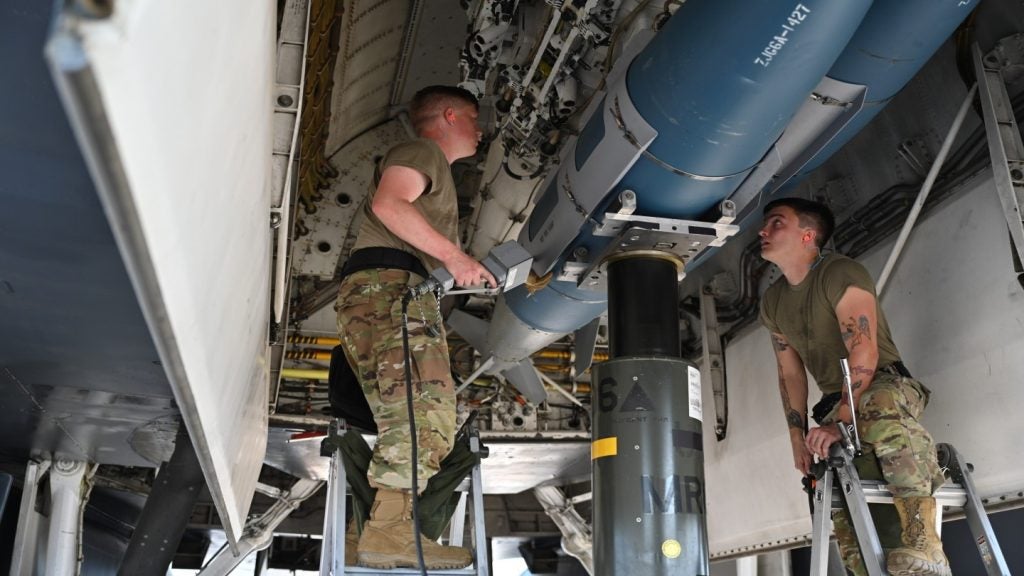
The UK Royal Air Force’s (RAF) Typhoon fighter jets and a British Army Wildcat helicopter have conducted air combat training in Lithuania.
Conducted as part of a wider Nato mission, the training allowed the aircrew to practise attacks in a simulated environment.
During the exercise, two Typhoon aircraft based at RAF Lossiemouth entered the training area from beyond the visual range of the Wildcat helicopter operating at a low altitude.
The exercise saw Typhoons locate the low flying target helicopter using an advanced radar weapon suite equipped in the fighter jets.
The aircrew of the Wildcat helicopter also used the defensive aids, early warning systems and flying manoeuvres to predict the actions of Typhoon jets and escape the attacks.
The helicopter crew flew close to the ground to reduce the engagement window and increase its chances of survival.
How well do you really know your competitors?
Access the most comprehensive Company Profiles on the market, powered by GlobalData. Save hours of research. Gain competitive edge.

Thank you!
Your download email will arrive shortly
Not ready to buy yet? Download a free sample
We are confident about the unique quality of our Company Profiles. However, we want you to make the most beneficial decision for your business, so we offer a free sample that you can download by submitting the below form
By GlobalDataRAF Wildcat helicopter tactics instructor said: “It helped hone our skills in what would be a life and death scenario. Effective teamwork and brevity in communications are critical to success.”
The test allowed Typhoons’ aircrew to practice attacks on slow and low flying targets while the Wildcat’s crew learned how to escape the attacks of a fighter jet.
The training was extended for a long duration with the help of Voyager aircraft, which conducted air-to-air-refuelling for the three aircraft.
Throughout the training, the simulated attacks were coordinated by the Lithuanian Control and Reporting Centre.
Towards the end, the two Typhoons and the Wildcat helicopter also operated together as a team to engage and share targets to enable engagements.
After completing the exercise, the Typhoon jets returned to their home base in Lossiemouth while the British Army’s helicopter continued its deployment in Lithuania in support of the Nato mission.







